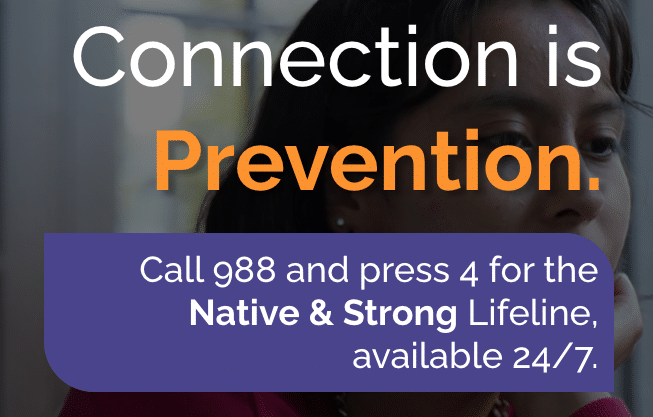Understanding 988: A Lifeline for Suicide Prevention and Crisis Support
Each year, September is recognized as Suicide Prevention Month and is a time to raise awareness about this important issue. In response to the public health crisis, a crisis hotline has been developed and implemented across the Nation, including in the State of Washington. According to the 988 website for Washington State, the 988 Suicide & Crisis Lifeline is, “A resource for anyone in the Washington experiencing an emotional crisis.” The hotline is free, confidential, and multilingual.
There are five different options that callers can use when calling 988:
- Press 1 for Veterans Crisis Line.
- Press 2 to get support in Spanish.
- Press 3 for the LGBTQI+ Youth Line.
- Press 4 for the Native and Strong Line.
- All other callers stay on the line or dial 0 to be connected to a crisis counselor.
Also see the line specific websites for more information based on category.
The 988 Suicide & Crisis Line website features a few menu tabs to explain the use and purpose of calling or texting 988. The tabs include:
- How it Works
- Who Should Call 988?
- FAQ
- About
- Resources
- Mental Health Support

History of 988 in Washington
House Bill 1477 was the creation of the 988 nationwide for anyone experiencing a mental health crisis. House Bill 1477 is also known as the Crisis Call Center Hubs and Crisis Services Act.
From the Department of Health of Washington’s website, “In 2023, the Washington Legislature passed House Bill (HB) 1134 to help implement the 988 Suicide & Crisis Lifeline.
This bill expands crisis services in Washington by creating an endorsement for rapid response crisis teams and funding these mobile units and training for responders.
According to the bill, the University of Washington will also make recommendations for crisis workforce and resilience training for behavioral health care workers in Washington. The Department of Health will create a social media campaign promoting the 988 Lifeline in addition to informational materials explaining 988, how it works, and how to use it. The aim is to help increase awareness and exposure of the 988 Lifeline.
Other key parts of the bill include working toward co-location to improve the transfer of mental health crisis calls made to 911. This means that 988 crisis counselors located at the same site as 911 dispatchers can answer these calls and provide support” (DOH WA).
Native and Strong Lifeline
This article, Nation’s first Native and Strong Lifeline Launches as Part of 988 release by the Washington Department of Health details the longtime need for American Indians/Alaska Natives to have access to suicide prevention and mental health services. Some of the tribal leaders who are quoted in the article state the impacts of aggressive assimilation efforts, “American Indians suffer from higher rates of suicide and mental health crises stemming from intergenerational trauma caused by the aggressive assimilation efforts of the federal government and religious institutions,” said Leonard Forsman, Chairman of the Suquamish Tribe. “We applaud the Washington State Department of Health’s recognition of these challenges and of the need for our people to receive culturally appropriate care in times of crisis.” The Native and Strong Lifeline is the first of its kind in the Nation to specifically provide a crisis service line for Native people.
Relating Resources
- Native and Strong Lifeline: The Nation’s First 988 Crisis Line for Indigenous People (November 15, 2023)
- Native and Strong Lifeline
- Nation’s first Native and Strong Lifeline Launches as Part of 988 (November 17, 2022)
- Mental Health Crisis Call Diversion Initiative (MHCCDI) (July 2024, DOH)
- We All Make Us Strong
- The 988 Suicide & Crisis Lifeline (onepager, July 2024)
- Mine4Health Training (Healthy Native Youth)
- 988 Suicide & Crisis Lifeline (DOH)
